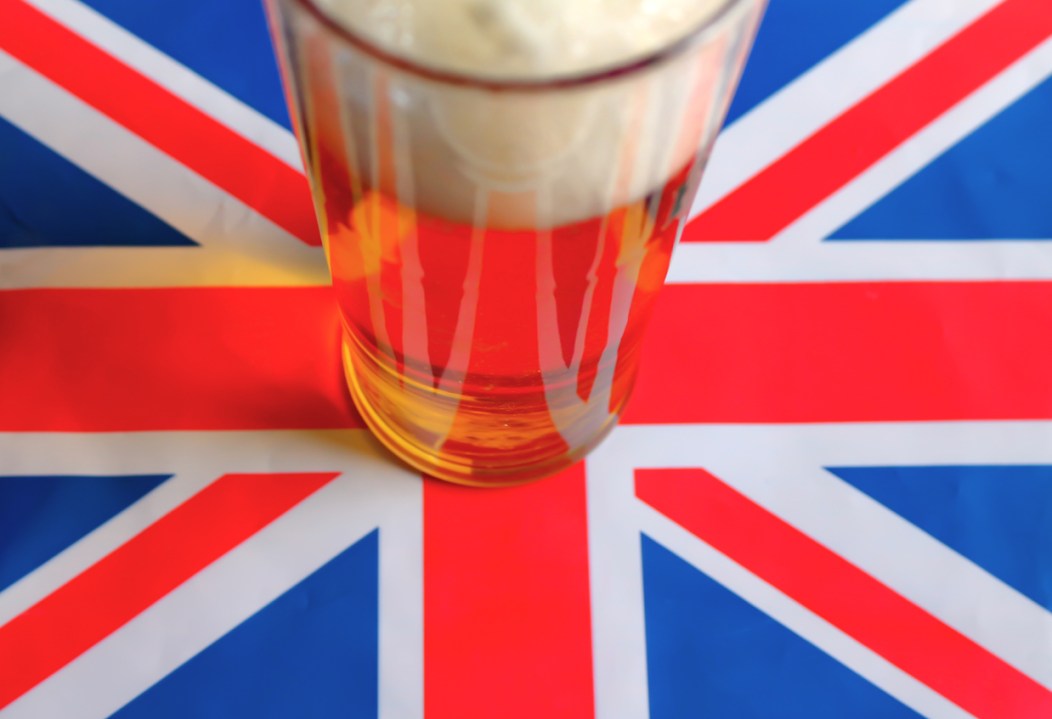For those of us who like kicking back a few pints in the summer sun, Samuel Smith Brewery’s decision to increase the strength of their Alpine Lager from 2.8 to 3.4 per cent has sparked much weeping and gnashing of teeth. Brits may be renowned the world over as lager louts, but there are some of us who actually enjoy the drink itself and want to rejoice in it without getting absolutely wrecked. Drinking for pleasure and refreshment rather than drunkenness is a novel idea for some, but the ‘weak’ Alpine Lager has sat at the apex of the quaffability index.
The craft beer revolution of the 2010s has changed the game
Lamentable though Sam Smith’s decision is, the situation has been infinitely worse in the past. Before the first world war, the average alcohol by volume of most beer drunk in England was around 6 or 7 per cent. Massive government intervention in wartime changed the nature of English drinking: the volume of production was cut, lower strengths were mandated, and severe limits on opening times reduced afternoon and evening sessions to several hours.

Get Britain's best politics newsletters
Register to get The Spectator's insight and opinion straight to your inbox. You can then read two free articles each week.
Already a subscriber? Log in







Comments
Join the debate for just £1 a month
Be part of the conversation with other Spectator readers by getting your first three months for £3.
UNLOCK ACCESS Just £1 a monthAlready a subscriber? Log in